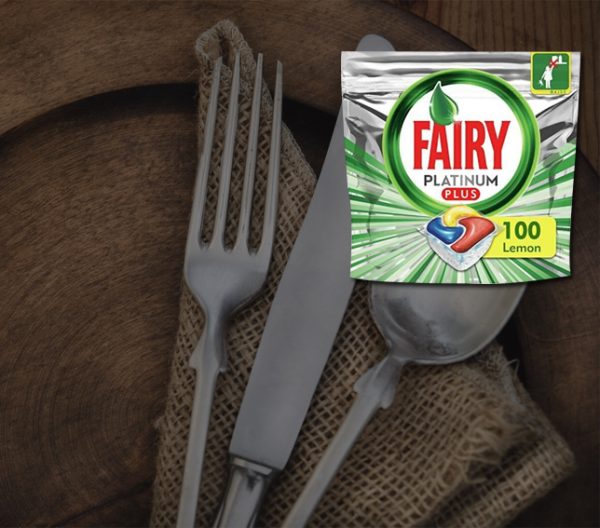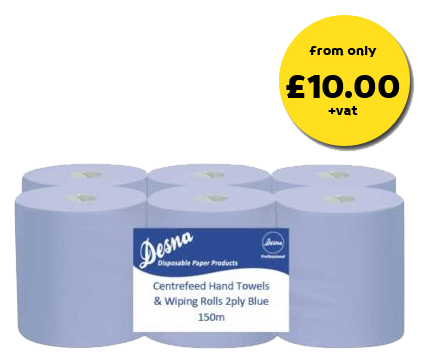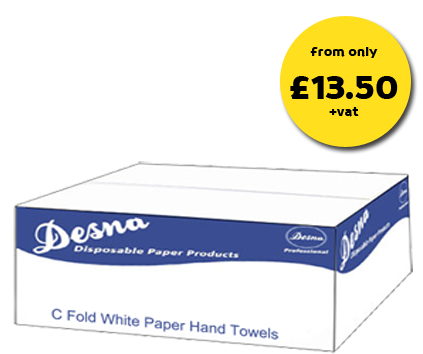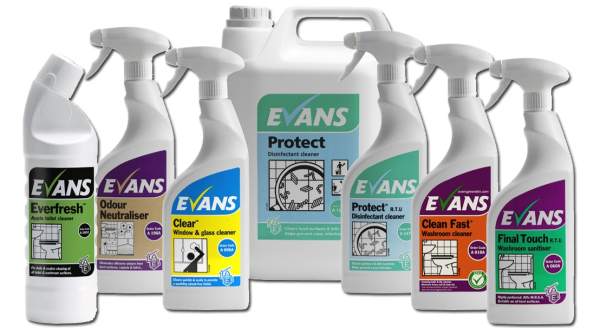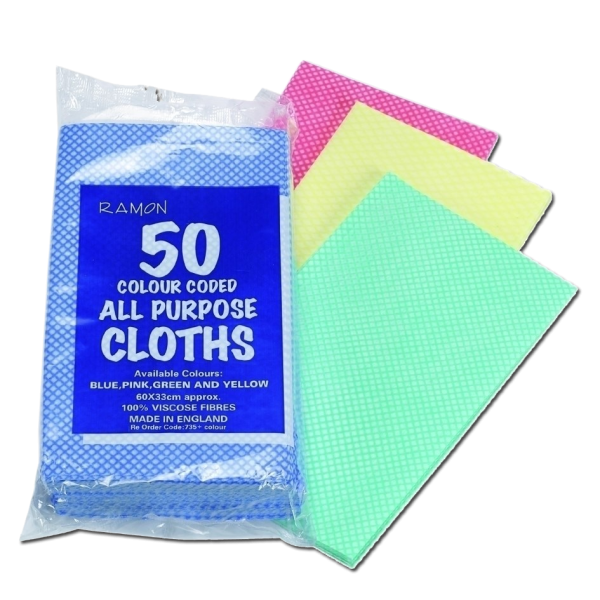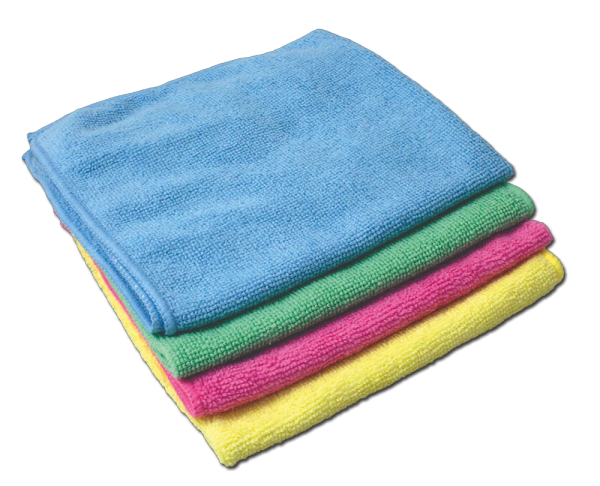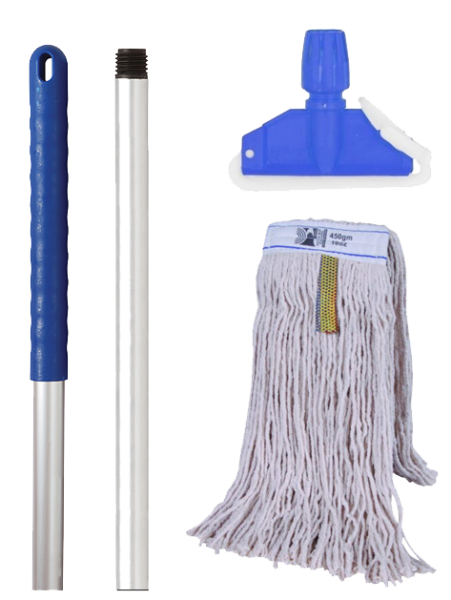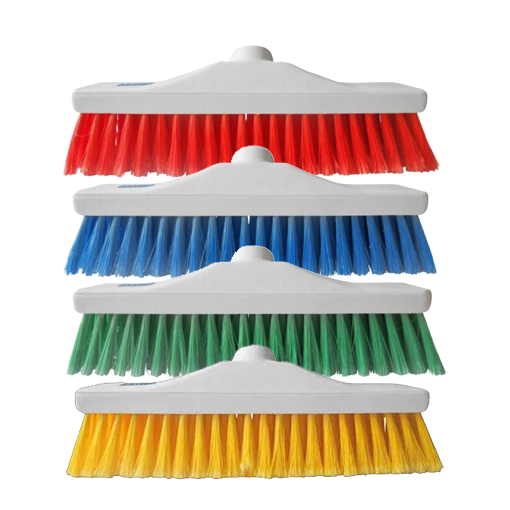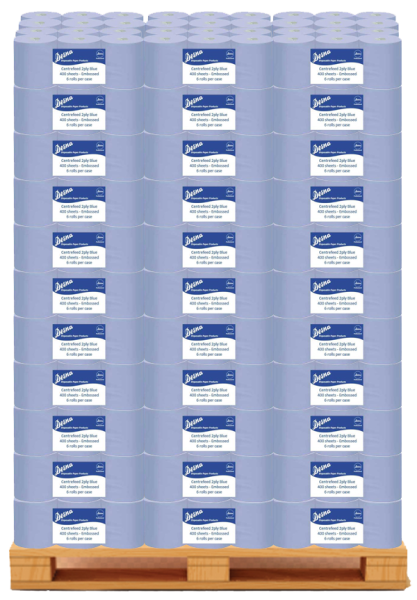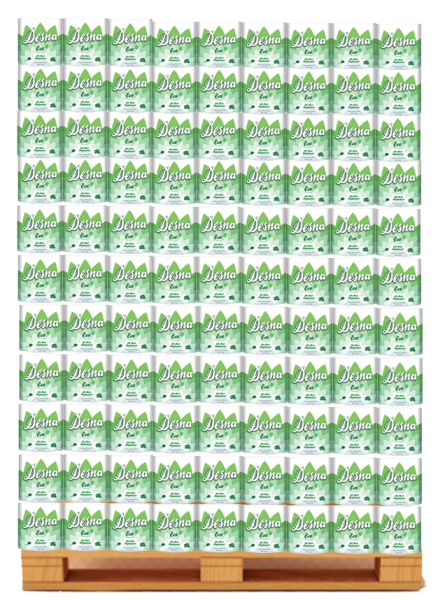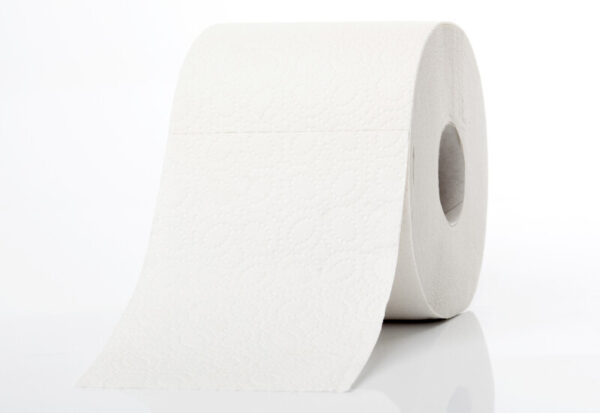Loorolls Blog
Unrolling the Answers: 10 Common Customer Questions About Toilet Paper
When it comes to essential household items, few things are as ubiquitous and necessary as toilet paper. However, with a myriad of options available, customers often find themselves grappling with questions about the best choices, environmental impact, and practical considerations. Here, we’ll address 10 common questions about toilet paper that customers frequently ask, to help you make informed decisions.
10 Common Questions Customers Ask About Toilet Paper
Septic system compatibility is a top concern for many customers. We delve into the characteristics of septic-safe toilet paper and offer recommendations to keep your plumbing running smoothly.
The best type of toilet paper for septic systems is one that is designed to break down easily, minimizing the risk of clogs and ensuring efficient functioning of the septic system. Here are some considerations for choosing toilet paper that is septic-safe:
- Septic-Safe or Biodegradable Label:
- Look for toilet paper that is explicitly labeled as “septic-safe” or “biodegradable.” These products are designed to disintegrate more readily in septic systems, reducing the likelihood of clogs and backups.
- Single-Ply Toilet Paper:
- Single-ply toilet paper tends to break down more easily than multi-ply options. It dissolves faster in water, which can be beneficial for septic systems. If you prefer softer options, look for single-ply varieties that are still comfortable.
- Recycled Content:
- Some recycled toilet papers are designed to be septic-safe. These products often break down more easily than non-recycled options. Check the product label for information on its compatibility with septic systems.
- Avoid Thick or Quilted Options:
- Toilet papers that are extra thick, quilted, or heavily embossed may take longer to break down. Opt for simpler, plainer options that are less likely to cause issues in septic systems.
- Fragrance-Free:
- While scented toilet paper may be appealing, the fragrances often come from added chemicals that may not be septic-friendly. Choosing fragrance-free options reduces the risk of introducing non-septic-safe elements into the system.
- Dis solvability:
- Some manufacturers provide information about the dis-solvability of their toilet paper. Look for products that specifically mention their ability to break down quickly in water.
- Check with the Manufacturer:
- If you’re unsure about whether a specific toilet paper is suitable for septic systems, you can contact the manufacturer for information. Some companies provide guidance on the compatibility of their products with septic systems.
Remember that proper septic system maintenance involves more than just choosing the right toilet paper. Regular septic tank pumping, avoiding flushing non-biodegradable items, and being mindful of water usage are all essential practices for maintaining a healthy septic system.
By selecting septic-safe toilet paper and adopting good septic system habits, you can contribute to the longevity and efficient operation of your septic system.
The softness of recycled toilet paper can vary depending on the specific brand, manufacturing process, and the quality of recycled materials used. In general, recycled toilet paper can be just as soft as regular (non-recycled) toilet paper, and many manufacturers prioritize producing a product that meets or exceeds the softness of traditional options.
Here are a few factors that contribute to the softness of recycled toilet paper:
- Fiber Quality:
- The quality of the recycled fibers used in toilet paper production plays a significant role. High-quality recycled fibers can result in soft and comfortable toilet paper.
- Processing Techniques:
- Manufacturers use various processing techniques to transform recycled paper into toilet paper. Advanced processing methods can help maintain or enhance the softness of the final product.
- Additional Layers or Ply:
- Some recycled toilet papers are available in multiple plies (layers). Adding more layers can contribute to a softer feel, similar to traditional toilet paper.
- Embossing and Texturing:
- Manufacturers may use embossing or texturing techniques to enhance the softness and comfort of recycled toilet paper. These processes can create a pleasant texture without sacrificing quality.
- Additives or Enhancements:
- Some brands may add natural additives or enhancements to their recycled toilet paper to improve softness. These additives might include aloe vera, shea butter, or other soothing elements.
It’s important to note that individual preferences for toilet paper softness can vary, and what one person finds comfortable, another may not. If softness is a critical factor for you, you may want to try different brands and varieties of recycled toilet paper to find one that meets your expectations.
When shopping for recycled toilet paper, you can also check product descriptions, reviews, or customer feedback to get an idea of the softness and comfort level of a particular brand. Additionally, some brands specifically market their recycled toilet paper as being soft and gentle, emphasising the quality of their product.
Understand the ply dilemma as we break down the differences between single-ply, double-ply and 3-ply options. Discover the factors that affect thickness and comfort, assisting you in finding the perfect balance. Try to avoid 4-ply and 5-ply options.
The number of plies in toilet paper refers to the layers of paper that are bonded together to form a single sheet. Common options include single-ply and double-ply toilet paper, but there are variations with even more layers. The choice of how many plies to use depends on personal preference, comfort, and other factors. Here’s a breakdown of considerations for both single-ply and double-ply toilet paper:
- Single-Ply Toilet Paper:
- Advantages:
- Typically less expensive than double-ply options.
- May be preferred for its simplicity and ease of breakdown in septic systems.
- Considerations:
- Some users find single-ply toilet paper to be thinner and less soft than double-ply options.
- Advantages:
- Double-Ply Toilet Paper:
- Advantages:
- Generally perceived as softer and more luxurious than single-ply.
- Offers a thicker and more absorbent feel.
- Considerations:
- Can be more expensive than single-ply options.
- May not break down as quickly in septic systems as single-ply.
- Advantages:
- Triple-Ply and Beyond:
- Some premium toilet paper options come in three or more plies, offering an even thicker and more indulgent feel.
- These options tend to be even softer and more absorbent but may come at a higher price.
Considerations for Choosing:
- Personal Preference:
- The choice between single-ply and double-ply is subjective and often comes down to personal preference. Some people prefer the softness and thickness of double-ply, while others may prioritize the cost-effectiveness and simplicity of single-ply.
- Septic System Compatibility:
- If you have a septic system, you may want to consider the breakdown properties of the toilet paper. Single-ply toilet paper typically breaks down more easily than double-ply, making it a common choice for septic system users.
- Budget:
- Your budget can also influence your decision. Single-ply toilet paper is often more budget-friendly, while double-ply and premium options may come at a higher cost.
- Environmental Considerations:
- Some environmentally conscious consumers prefer single-ply toilet paper made from recycled materials due to its potential Eco-friendly advantages.
Ultimately, the choice between single-ply and double-ply toilet paper is a matter of personal preference, taking into account factors such as comfort, cost, and any specific considerations like septic system compatibility or environmental concerns. It may be worthwhile to try both options and determine which one suits your preferences and needs best.
The terms “toilet tissue” and “toilet paper” are often used interchangeably, and in many cases, they refer to the same product. However, there can be subtle differences in how these terms are used or interpreted, depending on regional variations and individual preferences. Here are some general distinctions:
- Thickness and Softness:
- In some contexts, “toilet tissue” may be associated with a thinner and less soft product compared to “toilet paper.” The term “toilet paper” is often used for softer and thicker sheets.
- Formal Use vs. Everyday Use:
- “Toilet paper” might be considered a more casual or colloquial term, commonly used in everyday language. On the other hand, “toilet tissue” may be perceived as a more formal or technical term, possibly used in product descriptions or by manufacturers.
- Marketing and Packaging:
- Companies may use either term based on their marketing strategies. Some might choose to market their product as “toilet paper” to emphasize qualities like softness and comfort, while others may use “toilet tissue” to highlight features like strength and absorbency.
- Regional Variances:
- The use of these terms can vary by region or country. In some places, one term may be more commonly used than the other, and the choice of wording may be influenced by linguistic conventions.
- Perceived Quality:
- Some consumers may perceive “toilet paper” as a higher-quality product than “toilet tissue” based on assumptions about thickness, softness, or other characteristics. However, these perceptions can be subjective and vary from person to person.
In reality, the differences are often minimal, and the choice between “toilet tissue” and “toilet paper” usually comes down to personal preference. When shopping for this essential product, it’s more important to consider factors like ply (thickness), softness, and whether the product meets your specific needs rather than getting caught up in the terminology.
While flush-able wipes are convenient and often marketed as a suitable alternative to traditional toilet paper, there are several considerations regarding their safety, both for your plumbing system and the environment:
- Flush ability Claims:
- Many flush able wipes are labeled as such, implying they can be safely flushed down the toilet. However, the term “flush-able” can be misleading, as these wipes might not break down as easily as toilet paper. Some cities and municipalities have reported issues with clogged sewer systems caused by non-disintegrating wipes.
- Plumbing Concerns:
- The sturdiness and non-disintegrating nature of some flushable wipes can lead to plumbing problems. They may contribute to clogs in pipes, sewer systems, and septic tanks, potentially resulting in costly repairs.
- Environmental Impact:
- Despite being labeled as flush-able, many wipes do not break down as quickly as toilet paper. This can have environmental consequences, as they may contribute to blockages in sewer systems and end up in water treatment facilities or water bodies, posing a threat to aquatic ecosystems.
- Septic System Issues:
- If you have a septic system, it’s crucial to be cautious about using flush-able wipes. Some wipes may not break down easily in septic tanks, potentially leading to increased maintenance and potential issues with the septic system.
- Personal Sensitivity:
- Some individuals may experience skin irritation or other sensitivities when using certain types of wipes, especially those with added fragrances or chemicals. It’s essential to choose wipes that are specifically designed for sensitive skin if this is a concern.
If you choose to use flushable wipes, consider the following tips:
- Read Labels: Look for wipes labeled as “flushable” and those that meet industry guidelines for dispersibility.
- Use Sparingly: Limit the use of flushable wipes and complement them with regular toilet paper.
- Dispose in Trash: If you are uncertain about the flushability of a particular wipe, dispose of it in the trash rather than flushing it.
In summary, while flushable wipes may offer convenience, it’s important to be aware of their potential impact on plumbing systems and the environment. If you decide to use them, exercise caution, and consider the potential long-term consequences on both your plumbing and the broader ecosystem.
Biodegradable toilet paper is designed to break down naturally over time, minimizing its impact on the environment. Several key factors contribute to making toilet paper biodegradable:
- Material Composition:
- Biodegradable toilet paper is often made from natural fibers such as wood pulp, bamboo, or recycled paper. These materials are more easily broken down by natural processes compared to synthetic fibers or materials treated with chemicals.
- Absence of Harmful Chemicals:
- Biodegradable toilet paper typically avoids the use of harsh chemicals, additives, and dyes. Chemical-free production contributes to the paper’s ability to decompose naturally without releasing harmful substances into the environment.
- Minimal Processing:
- The production process of biodegradable toilet paper tends to be more straightforward and involves minimal processing compared to traditional toilet paper. This simplicity allows the paper to break down more easily.
- Embossing and Ply:
- Some toilet papers are embossed or come in multiple plies for added softness and strength. Biodegradable options may still incorporate these features, but they are designed in a way that does not hinder the paper’s ability to decompose.
- Biodegradable Packaging:
- To truly embrace Eco-friendliness, the packaging of biodegradable toilet paper is often made from materials that can decompose naturally. This extends the environmental benefits beyond just the toilet paper itself.
- Certifications:
- Look for toilet paper products that carry certifications indicating their environmental credentials. For example, products certified by organizations like the Forest Stewardship Council (FSC) or other environmental labels may adhere to specific sustainability and biodegradability standards.
- Water-Soluble Inks:
- If the toilet paper has printed patterns or information, the use of water-soluble inks ensures that the ink won’t persist in the environment and can break down along with the paper.
- Rapid Decomposition Time:
- Biodegradable toilet paper is designed to decompose more rapidly than traditional options. This ensures that it breaks down in a reasonable time-frame, whether it’s disposed of in a landfill or through wastewater treatment systems.
It’s important for consumers to read product labels and choose toilet paper that explicitly states its biodegradability features. By selecting biodegradable options, individuals can contribute to reducing their environmental footprint and supporting more sustainable practices in the production and disposal of toilet paper.
Yes, there are Eco-friendly packaging options for toilet paper that aim to reduce environmental impact. Sustainable packaging focuses on using materials that are renewable, recyclable, biodegradable, or made from recycled content. Here are some common Eco-friendly packaging options for toilet paper:
- Recycled Paper Packaging:
- Packaging made from recycled paper or cardboard is a common Eco-friendly choice. Using recycled materials helps reduce the demand for new raw materials and minimizes the environmental impact associated with paper production.
- Compostable Packaging:
- Compostable packaging is designed to break down in composting systems, leaving behind nutrient-rich material. These materials are often made from plant-based sources like cornstarch or sugarcane and can be disposed of along with organic waste.
- Biodegradable Plastic Packaging:
- Some toilet paper brands use biodegradable plastics, which are designed to break down more easily than traditional plastics. However, it’s important to note that the term “biodegradable” can vary in meaning, and some conditions may be required for proper decomposition.
- Plastic-Free Packaging:
- Plastic-free packaging options use alternative materials like paper, cardboard, or compostable materials to eliminate the use of conventional plastics. This approach aims to reduce the environmental impact associated with plastic pollution.
- Minimalist Packaging:
- Some Eco-friendly toilet paper brands opt for minimalist packaging to reduce overall material usage. Simple, efficient packaging designs can contribute to a more sustainable product without compromising on protection during transportation.
- Reusable Packaging:
- While not as common, a few brands are exploring reusable packaging options. This involves containers that can be refilled with new toilet paper rolls, reducing the need for single-use packaging.
- Forest Stewardship Council (FSC) Certification:
- Packaging with the FSC certification indicates that the paper used comes from responsibly managed forests. This certification ensures that the materials are sourced in an environmentally and socially responsible manner.
- Water-Based Inks:
- Printing information or designs on the packaging using water-based inks is a more environmentally friendly option compared to traditional inks, as they are less harmful during the recycling process.
When choosing Eco-friendly toilet paper, it’s essential to consider both the toilet paper itself and the packaging. Look for products that explicitly mention their commitment to sustainability, use recycled or responsibly sourced materials, and avoid unnecessary plastic. Additionally, certifications like FSC or other recognized Eco-labels can provide assurance of a product’s environmental credentials.
The average length of a toilet paper roll can vary depending on the brand, type, and specific product. However, as of my last knowledge update in January 2022, a standard toilet paper roll typically contains about 164 to 320 sheets. The length of each sheet can vary, and it’s often measured in inches or centimeters.
To provide a more accurate answer, it’s recommended to check the product information or packaging of the specific toilet paper brand and type you are using or considering. Manufacturers may provide details on the number of sheets, the dimensions of each sheet, and the total length of the roll.
Keep in mind that there can be variations in the length of toilet paper rolls based on factors such as thickness (number of plies), embossing, and the specific product line within a brand. Additionally, variations in toilet paper dimensions are common across different regions and countries.
For the most up-to-date and accurate information, refer to the product packaging or contact Desna Products directly.
Using scented toilet paper can be a matter of personal preference, but it’s important to be mindful of potential skin sensitivities and irritation. Here are some considerations:
- Individual Sensitivities:
- People have different levels of sensitivity to fragrances and chemicals. While many individuals can use scented toilet paper without issue, others may experience irritation, especially if they have sensitive skin or allergies.
- Added Chemicals:
- Scented toilet paper often contains fragrances and other chemicals to create the desired scent. These additives can sometimes cause irritation or allergic reactions in individuals with sensitive skin.
- Hypoallergenic Options:
- If you’re concerned about potential irritation, consider choosing toilet paper labeled as “hypoallergenic.” These products are specifically designed to minimize the risk of causing allergic reactions or skin irritation.
- Trial and Observation:
- If you want to try scented toilet paper, it’s advisable to test it in a small area first to see how your skin reacts. If you notice any redness, itching, or irritation, you may want to discontinue use.
- Switching Brands or Types:
- If you experience irritation with one scented toilet paper brand, it doesn’t necessarily mean that all scented options will cause the same reaction. You may want to try different brands or types to find one that agrees with your skin.
- Unscented Alternatives:
- If you have concerns about irritation, or if you know you have sensitivities to fragrances, consider using unscented toilet paper. Unscented options are widely available and can provide a gentle alternative.
- Consulting a Healthcare Professional:
- If you have a history of skin sensitivities or allergies, it’s a good idea to consult with a healthcare professional. They can provide personalized advice based on your specific skin condition and help you identify products that are less likely to cause irritation.
Ultimately, the key is to be attentive to your body’s reactions and choose products that align with your skin type and sensitivities. If scented toilet paper doesn’t cause any adverse effects for you, then using it can be a matter of personal preference and enjoyment. However, if you have concerns or experience irritation, exploring hypoallergenic or unscented alternatives may be a more suitable choice.
Toilet paper, when stored under normal conditions, generally does not have a specified shelf life. Unlike perishable goods, toilet paper is a dry and relatively stable product. However, there are a few considerations to keep in mind:
- Storage Conditions:
- Toilet paper should be stored in a cool, dry place away from direct sunlight and humidity. Exposure to moisture can compromise the integrity of the paper and reduce its quality.
- Package Integrity:
- The packaging of the toilet paper plays a crucial role in maintaining its quality. If the packaging is damaged, torn, or not properly sealed, it can expose the toilet paper to environmental conditions that may affect its usability.
- Fragrance and Color:
- If the toilet paper has added fragrances or colors, these elements may degrade over time. While it won’t necessarily make the toilet paper unusable, the scent or color may diminish.
- Environmental Factors:
- Extreme environmental conditions, such as prolonged exposure to high temperatures or significant fluctuations in temperature, can potentially impact the texture and quality of the toilet paper.
In practical terms, if toilet paper is stored in a cool, dry place and remains in its original packaging, it can be used effectively for an extended period, potentially years, without a significant decline in quality. It’s essential to inspect the paper for any signs of damage, mold, or discoloration before use, especially if it has been stored for an extended period.
While toilet paper doesn’t have a strict expiration date, it’s a good idea to rotate your stock and use older rolls before newer ones to ensure you’re always using the freshest product available.
Do you have any Questions about Toilet Paper?
Toilet paper may be a household staple, but the choices surrounding it can be surprisingly complex. By addressing these common questions about toilet paper, we aim to empower customers with knowledge, ensuring that every trip to the bathroom is a well-informed one. Happy unrolling!

